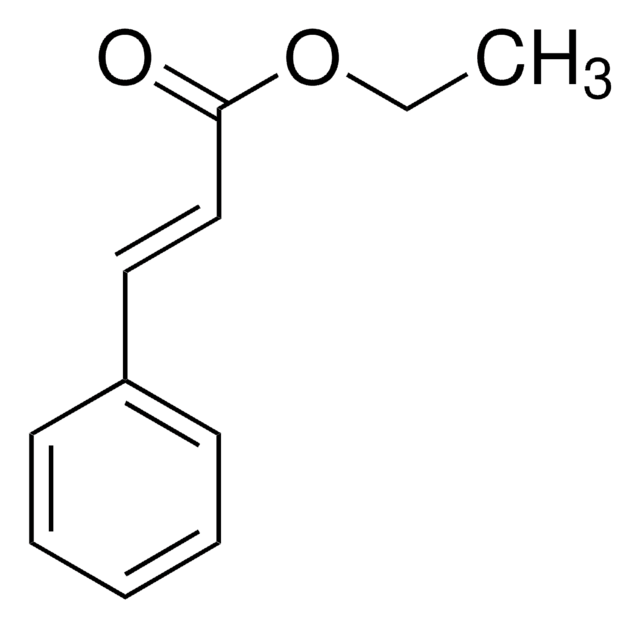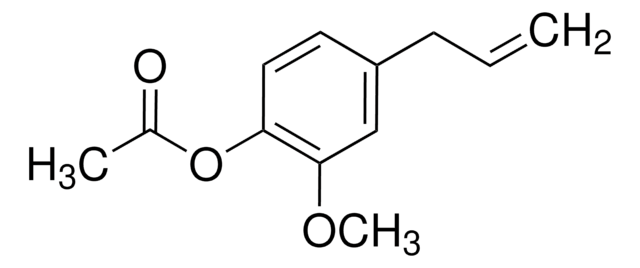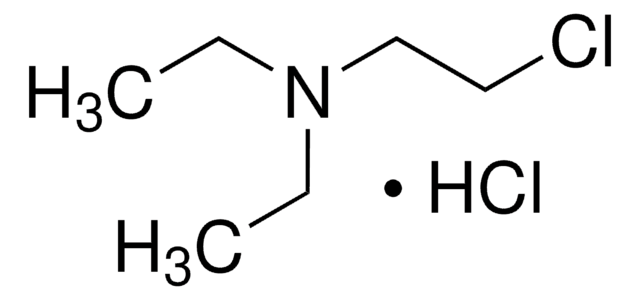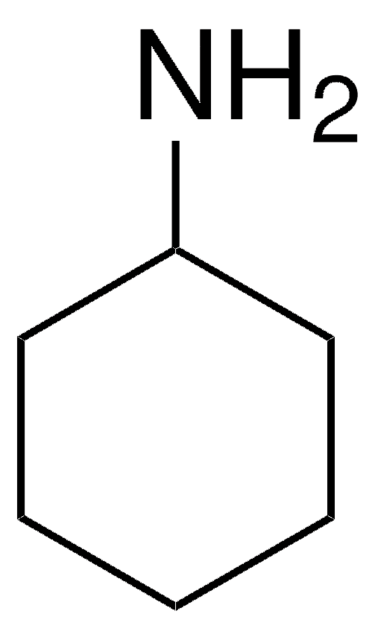W205915
Amyl butyrate
≥98%, FG
Sinonimo/i:
Pentyl butanoate, Pentylbutyrate
About This Item
Fragrance grade
Halal
Kosher
meets purity specifications of JECFA
Prodotti consigliati
Origine biologica
synthetic
Livello qualitativo
Grado
FG
Fragrance grade
Halal
Kosher
agenzia
follows IFRA guidelines
meets purity specifications of JECFA
Conformità normativa
EU Regulation 1223/2009
EU Regulation 1334/2008 & 178/2002
FDA 21 CFR 117
FDA 21 CFR 172.515
Saggio
≥98%
Indice di rifrazione
n20/D 1.41 (lit.)
P. ebollizione
184-188 °C (lit.)
Densità
0.863 g/mL at 25 °C (lit.)
applicazioni
flavors and fragrances
Documentazione
see Safety & Documentation for available documents
Allergene alimentare
no known allergens
Allergene in fragranze
no known allergens
Organolettico
banana; cherry; fruity; pineapple; sweet
Stringa SMILE
CCCCCOC(=O)CCC
InChI
1S/C9H18O2/c1-3-5-6-8-11-9(10)7-4-2/h3-8H2,1-2H3
CFNJLPHOBMVMNS-UHFFFAOYSA-N
Cerchi prodotti simili? Visita Guida al confronto tra prodotti
Descrizione generale
Applicazioni
- RIFM fragrance ingredient safety assessment, amyl butyrate, CAS Registry Number 540-18-1.: This comprehensive review by the Research Institute for Fragrance Materials evaluates the safety of amyl butyrate, extensively used in flavor and fragrance industries, ensuring compliance with global health and safety standards (Api AM et al., 2020).
- Olfactory Receptors Modulate Physiological Processes in Human Airway Smooth Muscle Cells.: Amyl butyrate, along with other odorants, has been studied for its effect on olfactory receptors in human airway smooth muscle cells, providing insights into non-traditional therapeutic pathways for respiratory diseases (Kalbe B et al., 2016).
- Ultrasensitive flexible graphene based field-effect transistor (FET)-type bioelectronic nose.: Explores the high sensitivity of graphene-based sensors to volatile compounds like amyl butyrate for detecting odors, which could revolutionize diagnostic approaches and environmental monitoring (Park SJ et al., 2012).
- Polypyrrole nanotubes conjugated with human olfactory receptors: high-performance transducers for FET-type bioelectronic noses.: Discusses the use of amyl butyrate in enhancing the functionality of bioelectronic devices, contributing to the development of advanced sensors for various applications including health and safety monitoring (Yoon H et al., 2009).
Codice della classe di stoccaggio
10 - Combustible liquids
Classe di pericolosità dell'acqua (WGK)
WGK 2
Punto d’infiammabilità (°F)
152.6 °F - closed cup
Punto d’infiammabilità (°C)
67 °C - closed cup
Scegli una delle versioni più recenti:
Possiedi già questo prodotto?
I documenti relativi ai prodotti acquistati recentemente sono disponibili nell’Archivio dei documenti.
I clienti hanno visto anche
Il team dei nostri ricercatori vanta grande esperienza in tutte le aree della ricerca quali Life Science, scienza dei materiali, sintesi chimica, cromatografia, discipline analitiche, ecc..
Contatta l'Assistenza Tecnica.













